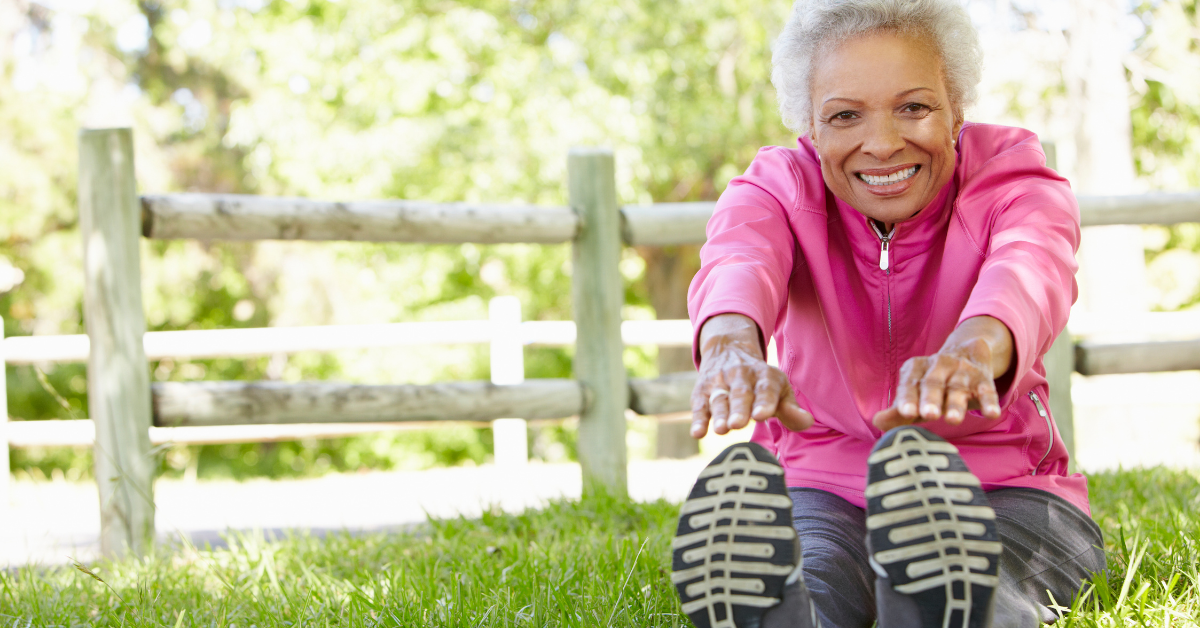There are plenty of resources that outline which exercises are best for beginners, but surprisingly little on which exercises beginners should avoid. Many exercise trends are geared toward those who have been physically active for years. Some of these same exercises can harm those who don’t have as much experience.
Don’t let that deter you, though. The benefits of exercise are abundant, and there is no age limit to begin exercising. A study by Frontiers in Physiology showed that even if you had never regularly worked out in your life, you still have the same ability to build muscle mass as a world-class athlete. Other research reveals that those who begin exercising later in life can still reduce the risk of health issues like diabetes.
However, all exercises still carry some level of risk for your body. Here are a few exercises beginners should avoid and why:
1. Long runs
Running is typically the most common recommendation for a healthy lifestyle, and while it works wonders for some, others have different experiences. Running, especially long distances, can be strenuous on joints and bones, causing cartilage damage or osteoarthritis. With each stride, pressure is applied to a single knee and foot, potentially resulting in serious leg injuries that limit mobility. It always depends on someone’s body, abilities, and injury history, but beginners should practice caution when considering long runs as an exercise option.
Alternative: Long bike rides are a good cardio workout that can be less strenuous than long runs. Walking and swimming can also be good replacements for staying in shape while avoiding bone or joint pain.
Sit-ups and crunches have long been the promised cure to gaining abs, but studies in recent years have challenged that promise. Sit-ups can put a strain on the spine, especially for individuals with existing back problems. They are also an inefficient way to strengthen your core and don’t reduce your waistline. Crunches and sit-ups strengthen your hip flexors, but once those become too strong, it can put pressure on your lower back. When done with poor form, both sit-ups and crunches can also strain your neck.
Alternative: Planks are a safer alternative as they can cause less strain on lower back muscles. They can also strengthen abdominal muscles and increase range of motion. Be sure to do planks on a comfortable surface like a yoga mat to minimize pressure on your elbows.
Regular squats are a great way to build muscle in your hamstrings, calves, and abdominal muscles and improve balance. When beginners do squats with weights across their shoulders, however, their bodies may have trouble supporting and balancing the weight, which can lead to injury. Your spine is the most vulnerable joint while in a squatting position, and adding a heavy weight on top of that can cause pain there.
Alternative: Chair squats with a kettlebell (or any weighted object you can find around your house) can provide all of the benefits of weighted squats with a reduced risk of injury.
A stair climber can be dangerous for beginners in a variety of ways, the first of which is balance. Stair climbers are difficult to balance on, and those with poor balance are more prone to falls. Try working your way up from foundational balancing exercises to other fitness routines that require the skill. Stair climber exercises also run the risk of strain on leg muscles and foot and knee joint pressure.
Alternative: Step-ups offer an effective substitute that lowers the risk of falls and targets muscles in the lower body. You can use the bottom stair in your house or buy a step box specifically for this exercise.
Find out the easiest (and most effective) exercises for seniors here.
Wellzesta
Wellzesta Life’s goal-setting technology allows residents to achieve physical wellness at their own pace. Daily wellness content also offers seniors resources to stay up-to-date on healthy physical practices.
Click here to learn more about Wellzesta or connect with a member of our Sales team.




